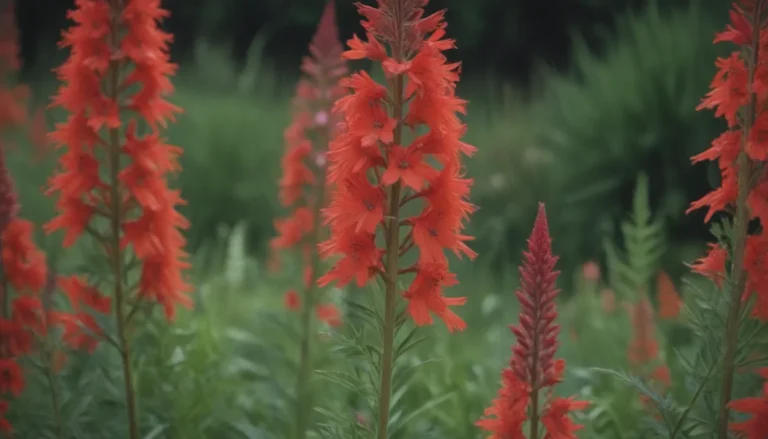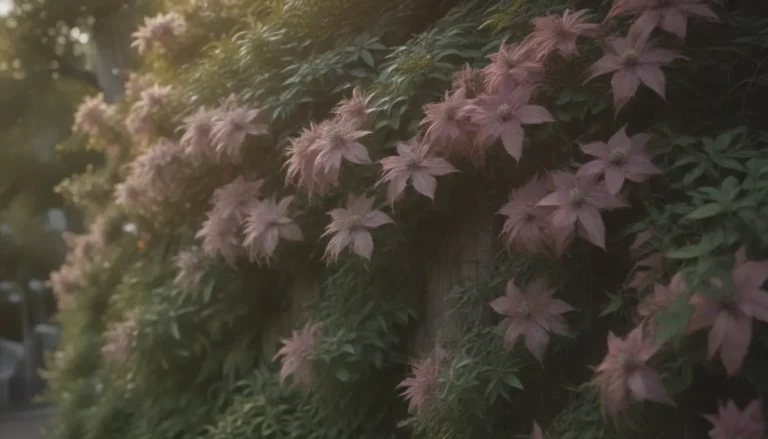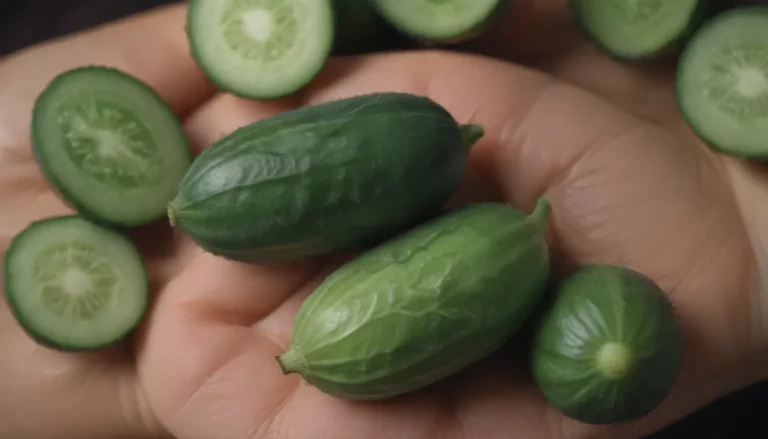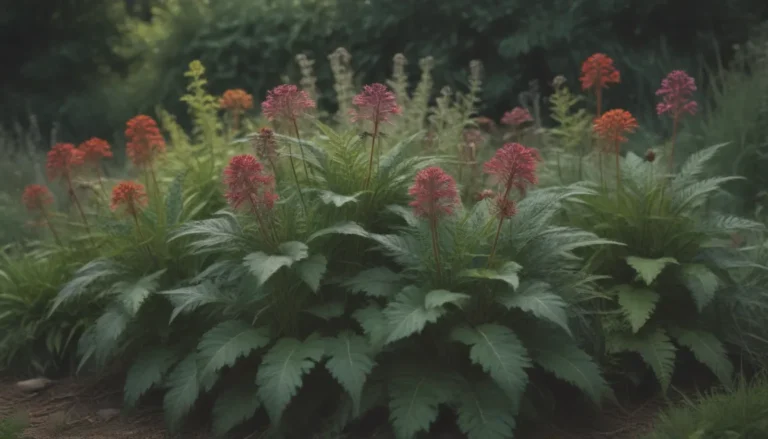The Ultimate Guide: Growing and Caring for Beardtongue (Penstemon)
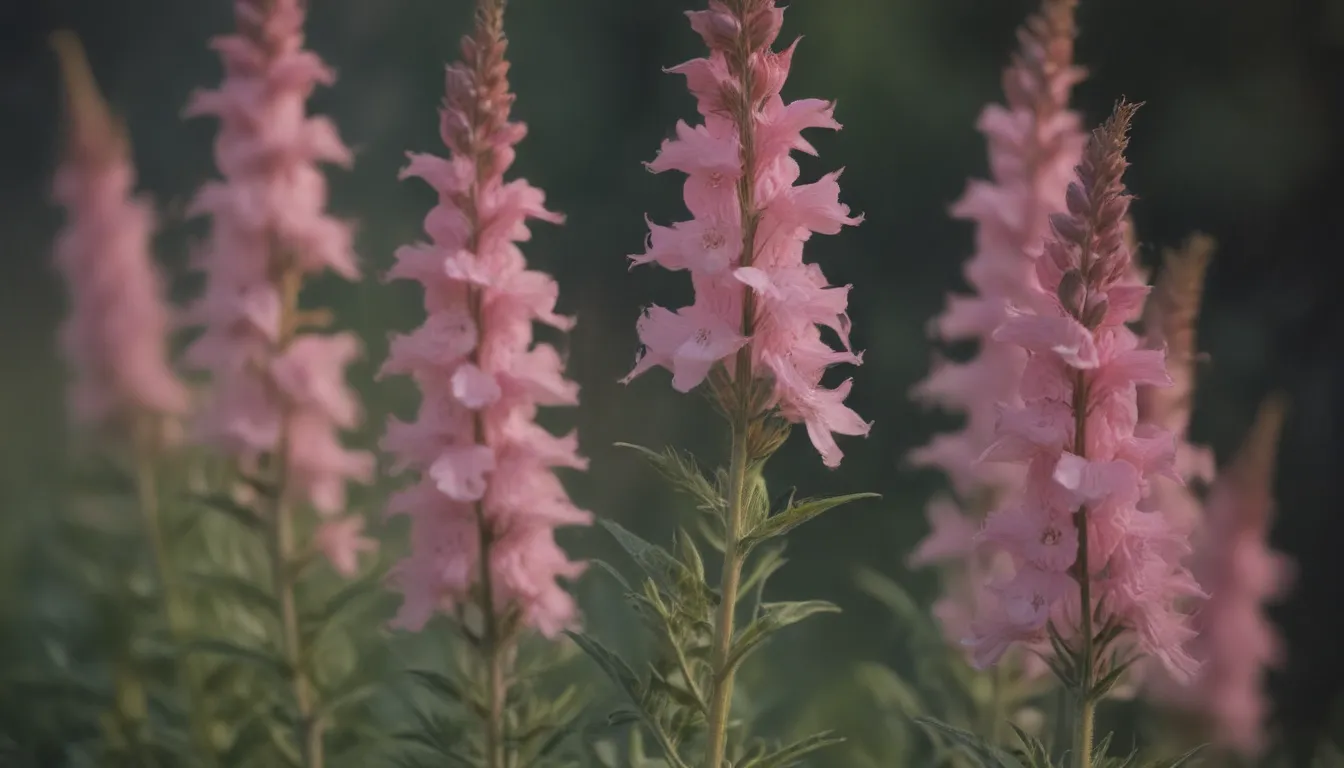
Are you looking to add a splash of color and beauty to your garden with the vibrant and unique beardtongue plant? Look no further! In this comprehensive guide, we will explore everything you need to know about growing and caring for beardtongue plants, also known as Penstemon. From the different types of Penstemon to common pests and diseases, we’ve got you covered. So, grab your gardening tools and let’s dive in!
Introduction to Beardtongue (Penstemon)
The plantain family (Plantaginaceae) blesses us with an array of ornamental flowering plants, and among them is the valuable Penstemon genus. With over 250 species of beardtongue ready to adorn your garden, these herbaceous perennials are known for their lance-shaped foliage and striking spikes of tubular flowers. Available in hues of pink, red, white, purple, and occasionally yellow, the nickname “beardtongue” comes from the pollen-free stamen that resembles a bearded iris.
Penstemon plants are relatively easy to grow from seeds, best planted in spring to early summer. They may take anywhere from 10 to 21 days to germinate, so patience is key. Let’s explore the essential care tips for nurturing your beardtongue plants for a flourishing garden.
Beardtongue Care Tips
Beardtongue plants are a delightful addition to any garden, blooming in early summer and bridging the gap between spring and summer flowers. Here are some key care tips to keep your beardtongue thriving:
- Weeding: Keep your beardtongue flowerbed weed-free for optimal growth.
- Mulching: Apply a 3-inch layer of organic mulch to control weeds and maintain soil moisture.
- Spacing: Beardtongue plants don’t compete well with other plants, so provide ample space in your garden.
- Pruning: While generally low-maintenance, trimming off spent flower stems can promote new blooms.
- Watering: Although beardtongue plants can tolerate drought, ensure they receive about 1 inch of water per week in the summer for continued vigor and blooming.
Light Requirements
Plant your beardtongue in a sunny spot to keep the tall stalks upright and prevent drooping.
Soil Needs
Beardtongue plants thrive in well-draining soil, preferring rocky or sandy lean soil types over rich garden loam. While you can amend the soil with compost for optimal growth, steer clear of manure applications.
Watering and Fertilizing
Penstemons are drought-tolerant, but consistent watering during the summer months can promote better blooming. Feed your beardtongue plants with organic fertilizer once a year, preferably in the fall, to avoid excessive growth.
Temperature and Humidity
Beardtongue plants can thrive in USDA growing zones 3 to 9, with varying hardiness levels among species. They can adapt to a range of humidity conditions but prefer well-drained soil to prevent root rot.
Popular Penstemon Varieties
Explore the diverse world of Penstemon plants with these popular varieties:
- ‘Dark Towers’
- ‘Elfin Pink’
- ‘Husker Red’
- ‘Jingle Bells’
- ‘Piña Colada’
- ‘Red Riding Hood’
Propagating and Overwintering Beardtongue
While most beardtongue varieties are short-lived perennials, growing them from seeds is a simple and effective propagation method. Here’s how you can propagate and care for your beardtongue plants year-round:
- Propagation: Start your Penstemon seeds in autumn for natural stratification, or stratify them in the refrigerator for three months before planting indoors.
- Overwintering: Leave foliage intact during winter to protect the plant, and add a layer of fallen leaves for insulation.
Common Pests and Diseases
Beardtongue plants are relatively resistant to pests and diseases but may experience issues with slugs, snails, and fungal diseases like powdery mildew. Treat any infestations promptly with appropriate measures to preserve your plants’ health.
How to Promote Blooming in Beardtongue
For lush blooms on your beardtongue plants, follow these tips:
- Spacing: Provide adequate room between plants for optimal growth.
- Nutrients: Enhance soil with compost to provide essential nutrients.
- Watering: Water your plants weekly and mulch to conserve moisture and protect roots.
- Sunlight: Beardtongue plants thrive in full sun, so ensure they receive adequate light for robust growth.
When it comes to care and maintenance, beardtongue plants are relatively low-maintenance, making them a popular choice for gardens of all sizes.
Additional Tips and Insights
- Indoor vs. Outdoor: Beardtongue plants thrive outdoors and may not fare well indoors due to their need for sunlight and space.
- Alternative Varieties: Consider alternative plants like Stapleford Gem, Garnet, Apple Blossom, and Firebird for a different yet equally vibrant garden display.
Conclusion
In conclusion, nurturing and caring for your beardtongue plants can be a rewarding experience, yielding beautiful blooms and adding visual appeal to your landscape. Remember to provide adequate sunlight, well-draining soil, and regular watering for a thriving garden filled with these stunning perennials. With the right care and attention, your beardtongue plants will flourish and brighten up your outdoor space for years to come.
So, get your gardening gloves on and start growing your very own beardtongue garden today! Happy planting! 🌿
References:
– Penstemon. University of California Cooperative Extension.
– Powdery Mildew. The University of Arizona Cooperative Extension.
